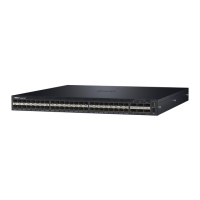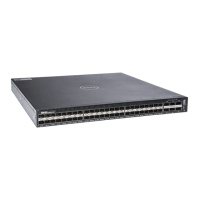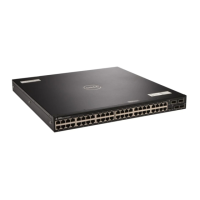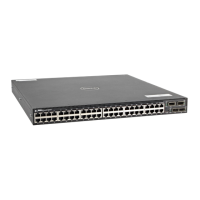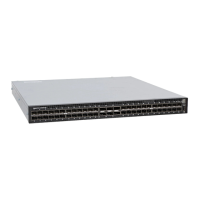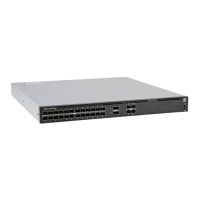Stacking
Using the Dell Networking OS stacking feature, you can interconnect multiple switch units with stacking ports
or front end user ports. The stack becomes manageable as a single switch through the stack management
unit.
The system accepts Unit ID numbers from 1 to 6 and it supports stacking up to six units.
Topics:
• Stacking Overview
• Important Points to Remember
• Stacking Installation Tasks
• Stacking Configuration Tasks
• Verify a Stack Configuration
• Remove Units or Front End Ports from a Stack
• Troubleshoot a Stack
Stacking Overview
Dell Networking OS elects a management (master) unit, a standby unit, and all other units are member units.
Dell Networking OS presents all of the units. For example, to access Ten GigabitEthernet Port 1 on Stack Unit
1, enter interface tengigabitethernet 1/1 from CONFIGURATION mode.
Stack Management Roles
The stack elects the management units for the stack management.
• Stack master — primary management unit, also called the master unit.
• Standby — secondary management unit.
• Stack units — the remaining units in the stack, also called stack members. The system supports up to six
stack units.
The master holds the control plane and the other units maintain a local copy of the forwarding databases.
From the stack master you can configure:
• System-level features that apply to all stack members.
• Interface-level features for each stack member.
The master synchronizes the following information with the standby unit:
52
Stacking 1011
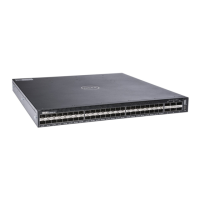
